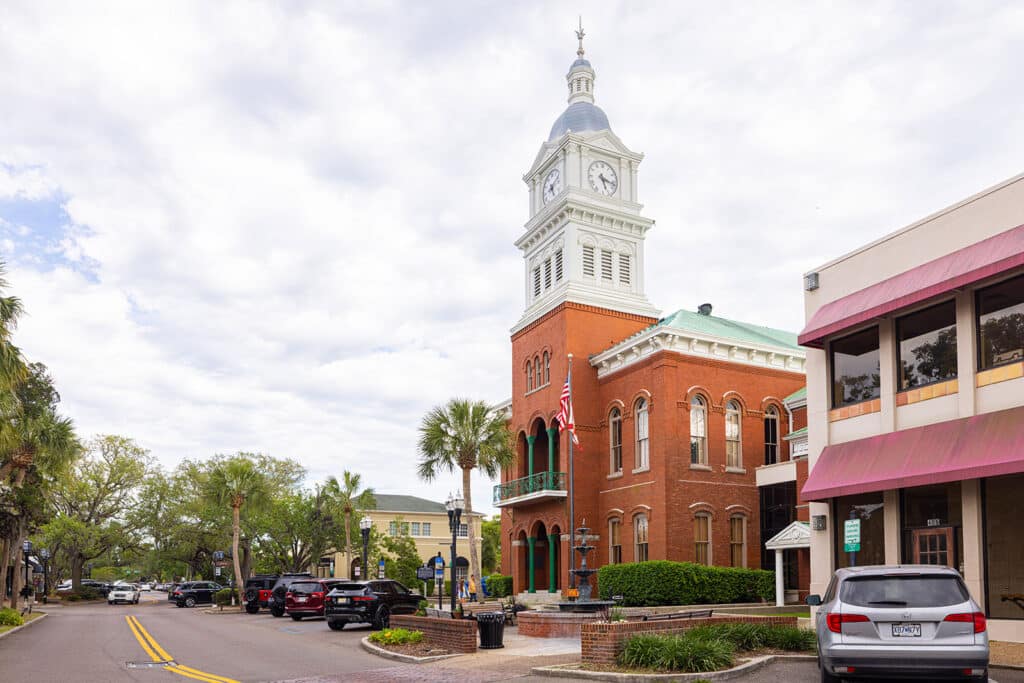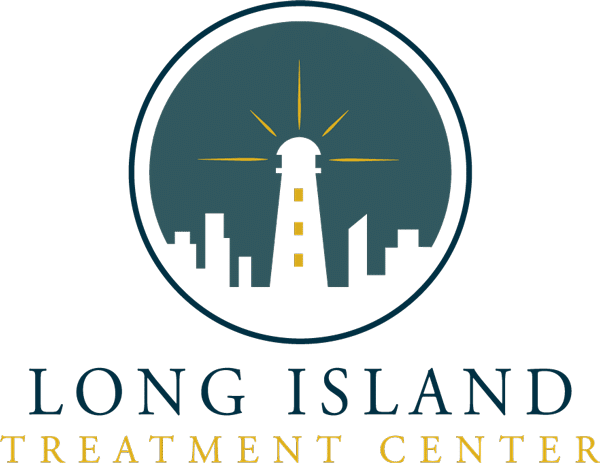Drug abuse is a severe problem that impacts many people and families in Nassau County, NY. Drug rehabilitation, which helps people stop using drugs and mend their lives, is one of the most crucial forms of support and an essential community health service.
In this article, we’ll discuss the drugs commonly abused in Nassau County while highlighting the values of rehabilitation in treating addiction and fostering recovery in those who are affected.
We encourage you to read this article all the way through.
Table of Contents
Understanding Drug Addiction
Drug addiction is a chronic disorder marked by compulsive drug abuse and seeking out despite its adverse effects.
Drugs alter the brain’s structure and function, which is why addiction is regarded as a brain disorder.
These brain changes can be long-lasting and lead to many harmful behaviors, including the compulsion to use drugs despite the negative consequences.
Drugs Abused in Nassau County
Drug abuse affects millions of people in the US and around the world. Here are some of the drugs reportedly abused in Nassau County:
- Methadone: Also known as Dolophine or Methadose, this synthetic opioid is used to treat pain and opioid addiction. If misused, Methadone can lead to dependence, withdrawal, respiratory depression, and overdose.
- Oxycodone: Also known as Oxycontin, this drug is only available by prescription and is used to treat moderate to severe pain. However, overuse can result in feelings of euphoria, sedation, constipation, and addiction.
- Hydrocodone: This opioid is obtained by prescription only and is used to treat moderate to severe pain. If misused, it can have effects and hazards comparable to those of oxycodone. This drug is also known as Vicodin.
- Fentanyl: This is yet another synthetic opioid that’s 100 times stronger than morphine. Fentanyl abuse carries serious health hazards, including addiction and even death.
Types of Drugs Commonly Abused
Drug abuse poses challenges to public health and well-being, and it’s necessary to be aware of the dangers of different substances.
- Alcohol: Alcohol can temporarily make you feel relaxed, but abuse increases the risk of mental health issues such as depression, anxiety, and psychosis.
- Cocaine: A stimulant that boosts alertness, energy, and confidence. Cocaine use can lead to addiction, delusion, psychosis, heart attack, stroke, and death.
- Heroin: An opioid substance that relieves pain and gives users a rush of euphoria. Highly addictive, it can lead to overdose, infection, respiratory depression, and death.
- Methamphetamine: This banned stimulant gives users strong feelings of euphoria and increased energy. Users may suffer from addiction, dental decay, skin rashes, psychosis, and violence.
- Marijuana: This drug is prohibited in some states, and it contains THC, a psychoactive chemical that affects mood and perception. Abuse can affect one’s judgment, coordination, learning memory, and concentration.
- Benzodiazepines: These drugs are prescribed to treat sleeplessness and anxiety. Even though they’re legal, they can still result in addiction, dependency, tolerance, withdrawal, overdose, and even death.
Statistics on Drug Addiction in Nassau County
According to data from Nassau County in 2015, it was projected that 21,000 teenagers had used heroin in the previous year and that 5,000 of them still use it today.
Further, the Nassau County Department of Health reports that 411 people died from drug overdoses in 2020. Opioids, including heroin, fentanyl, and prescription medications, were the most frequently used substances in these fatalities.
Understanding Drug Rehabilitation
Drug rehabilitation is a process that enables drug users to get over their addiction and regain control of their physical and mental well-being.
Typically, drug rehabilitation requires several steps, including:
- Assessment: A professional checks the person’s history of drug use, their health status, the state of their mental health, and other variables that could influence their recovery.
- Detoxification: This stage requires the user to quit drugs and receive medical care. This step is crucial to control withdrawal symptoms and avoid consequences.
- Therapy: The individual attends one-on-one or group counseling sessions to talk about the root causes of their addiction, acquire coping mechanisms, and guard against relapse.
- Aftercare: The individual receives continuous support and direction to maintain their sobriety and enhance their quality of life from professionals, peers, family, or community resources.

Types of Drug Rehab Treatments
Drug rehab treatments are intended to assist patients in kicking their drug and other substance addictions. There are several types of drug rehab programs depending on the extent of addiction, the availability of finances, and the preference of the individual.
1. Partial Hospitalization Programs (PHPs)
These are programs that deliver comprehensive therapy for several hours each day, normally five to seven days a week.
While participating in the program at a hospital or clinical setting, the individual either lives at home or in a sober living house (SLH).
PHPs provide a range of services, including medication management, individual or group counseling, and medical oversight.
2. Intensive Outpatient Programs (IOPs)
These are applications that offer similar services to PHPs, but only 3-5 days a week for fewer hours per day.
While participating in this program, the individual can carry on working or attending school. IOPs provide convenience and flexibility for those with a good support network and mild to moderate addiction.
3. Outpatient Programs
These programs offer therapy for 1-2 hours each day, typically once or twice a week. The program can be accessed online or in a nearby facility.
Education, counseling, teaching about relapse prevention, and resource referrals are all provided by outpatient programs.
4. Aftercare Programs
After a drug rehab treatment is over, these programs offer continuous support, advice, and direction.
The individual has the option to call counselors on the phone, attend alumni gatherings, participate in online forums and meetings, or join support groups to inspire others who are still struggling with addiction.
The Role of Community in Drug Rehab
The role of the community is one of the most crucial elements that impact the effectiveness of drug recovery. By offering opportunities for meaningful engagement, social support, constructive criticism, and accountability, community involvement can help these individuals recover.
Participating in the community can help individuals in treatment by alleviating their feelings of loneliness, stigma, boredom, and relapse. These factors must be prevented because they’re the main reasons why individuals who have completed rehab may revert to their old habits.
Lastly, community involvement can help individuals facilitate interaction with classmates, mentors, and role models who have encountered the same difficulties.
Additionally, it can aid in spreading knowledge about addiction and rehabilitation and encouraging a more respectful attitude toward those who struggle with addiction.
Community Initiatives
Community initiatives go the extra mile in giving those in treatment the resources and support they need to restore their lives and continue on their path to recovery.
Numerous community activities are aimed at helping those receiving treatment and promoting their full recovery. These programs include:
1. Recovery Communities
Individuals in recovery can engage in various activities, meetings, workshops, and advocacy opportunities.
This can be done through peer-based support groups and organizations like Alcoholics Anonymous (AA), Narcotics Anonymous (NA), SMART Recovery, Women for Sobriety (WFS), or Recovery International.
2. Recovery Housing
To support individuals on their road to recovery, residential settings like Oxford Houses, sober living homes, halfway houses, or transitional housing offer safe environments and resources like counseling, case management, life skills training, and career aid.
3. Recovery Workplaces
Employment settings like Face It TOGETHER (FIT), Clean & Sober Workplace (CSW), Working Partners (WP), and Recovery Friendly Workplace (RFW) create supportive work environments with services like reasonable accommodations, employee assistance programs (EAPs), wellness programs, peer support groups, and drug testing.
Final Thoughts
Drug addiction has tremendous negative effects on physical, mental, emotional, and social well-being. It leads to problems such as crime, violence, poverty, and disease. However, access to drug rehab services can be challenging due to stigma, discrimination, cost, and availability.
So, it’s crucial to raise awareness and understand the importance of drug rehab in society. If you or someone you know is struggling with addiction, it’s essential to know that help is within reach.
Remember, you’re not alone and there’s always hope for a better future. Don’t hesitate to seek help and start your journey toward recovery. Believe in yourself and stay positive, and take the first step today.

